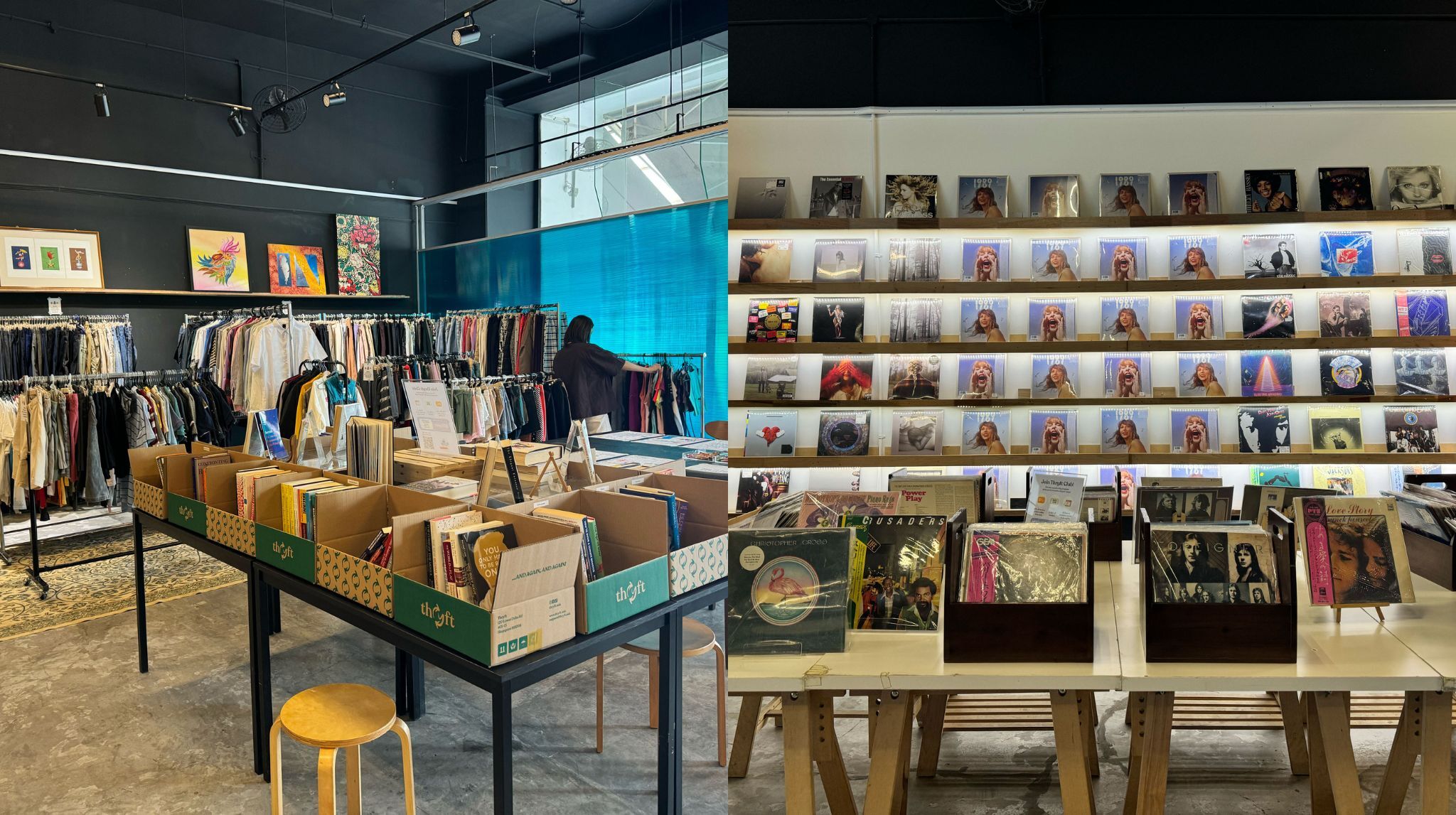
Thrift Store in Singapore Revolutionizes Secondhand Shopping with AI
In Singapore, a groundbreaking thrift store is changing the way people buy and sell secondhand goods. By incorporating AI technology, this store makes the process easier, faster, and more efficient. Whether you’re selling pre-loved items or searching for bargains, the thrift store AI in Singapore offers a unique solution that benefits both buyers and sellers.
1. AI-Powered Platform: A Game Changer for Secondhand Goods
Gone are the days of manual sorting and pricing in traditional thrift stores. This innovative Singapore-based thrift store uses AI to automate these tasks. The platform intelligently evaluates the condition, value, and demand for secondhand items, streamlining the selling process. Sellers no longer need to worry about setting prices or photographing their products; AI does it all for them.
Buyers also benefit from this AI-driven approach. The platform provides personalized recommendations based on previous purchases, preferences, and browsing behavior. As a result, customers can find items that match their style and needs more efficiently than ever before.
2. How AI Simplifies the Selling Process
For sellers, the thrift store AI in Singapore ensures that the process of selling secondhand items is seamless. Instead of spending time listing products and manually tagging them, AI automatically categorizes and prices the items. The system analyzes the market trends, the condition of the product, and customer demand to suggest an optimal price.
This not only saves time but also ensures that sellers receive a fair value for their goods. It also allows for greater transparency in pricing, as the AI considers factors that may be difficult for a human seller to evaluate accurately.
3. Enhancing the Shopping Experience
On the buyer’s side, AI creates a more personalized shopping experience. By tracking customer preferences and previous interactions, the system can suggest items that might interest them. This is especially useful for those browsing for specific items or looking for items that are hard to find in conventional stores.
Moreover, AI helps buyers quickly identify high-quality products. The platform uses advanced algorithms to assess the condition of items, ensuring that customers can trust the quality of the secondhand goods they are purchasing.
4. Sustainability and Accessibility in Secondhand Shopping
One of the core benefits of AI in this thrift store is its contribution to sustainability. By making it easier to buy and sell secondhand goods, the platform promotes a circular economy. Consumers are encouraged to recycle and reuse, reducing the demand for new products and minimizing waste.
The store’s AI-driven approach also makes secondhand shopping more accessible. People who may have previously found it difficult to navigate the world of secondhand items—whether due to time constraints or unfamiliarity with the process—now have a user-friendly platform that simplifies everything.
5. Future of AI in Thrift Stores
As AI technology continues to evolve, it’s likely that more thrift stores in Singapore will adopt similar systems. In the future, AI could become even more advanced, offering even better recommendations, pricing models, and improved product assessments.
The impact of AI on secondhand shopping extends beyond convenience. It fosters a deeper connection between consumers and the items they buy, contributing to a more sustainable lifestyle.
Conclusion
The use of AI in Singapore’s thrift stores is transforming how we buy and sell secondhand goods. By making the process easier, faster, and more efficient, AI is not only enhancing the shopping experience but also contributing to a more sustainable and accessible future for secondhand markets. As AI technology continues to improve, we can expect even more exciting changes in the world of secondhand shopping.
